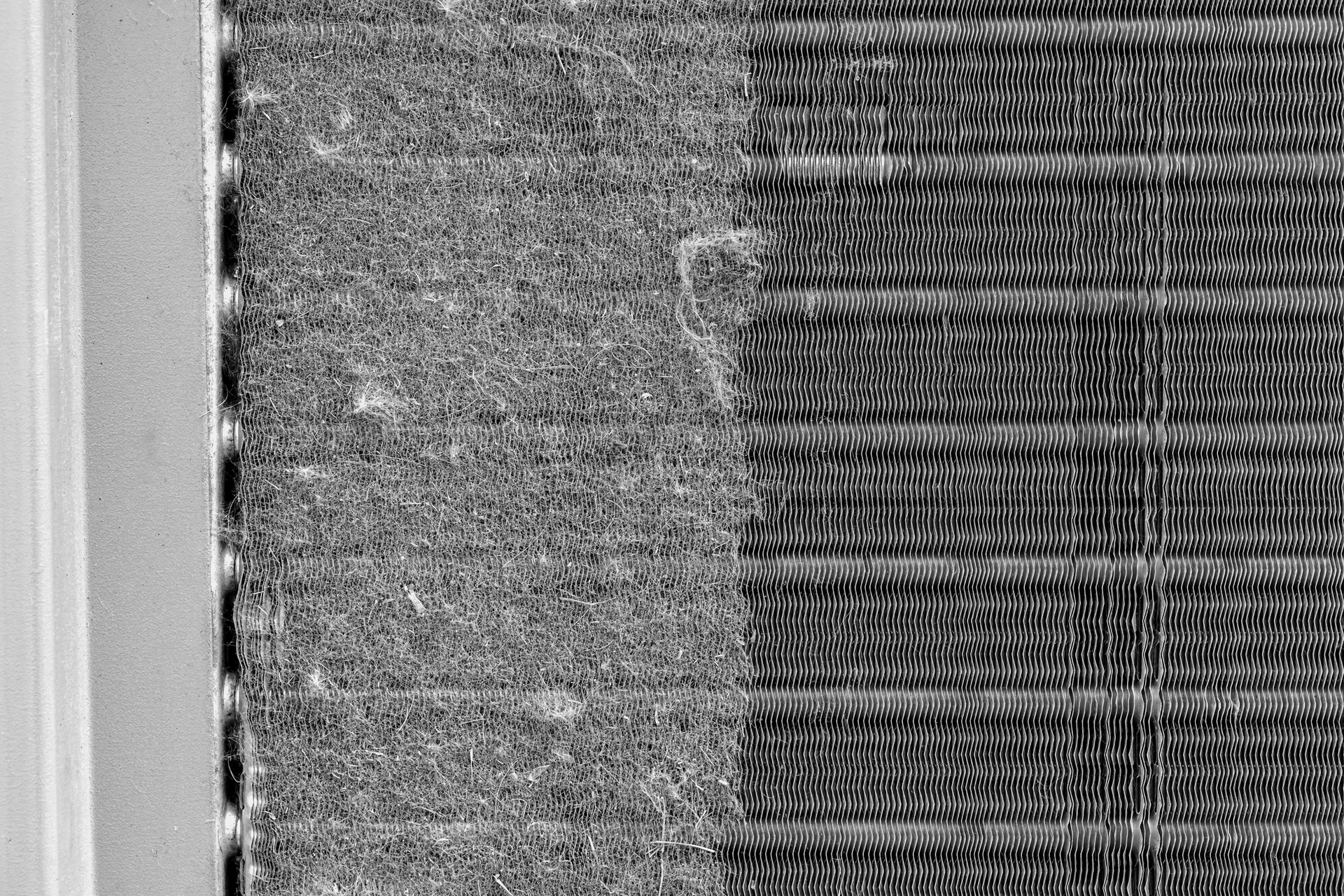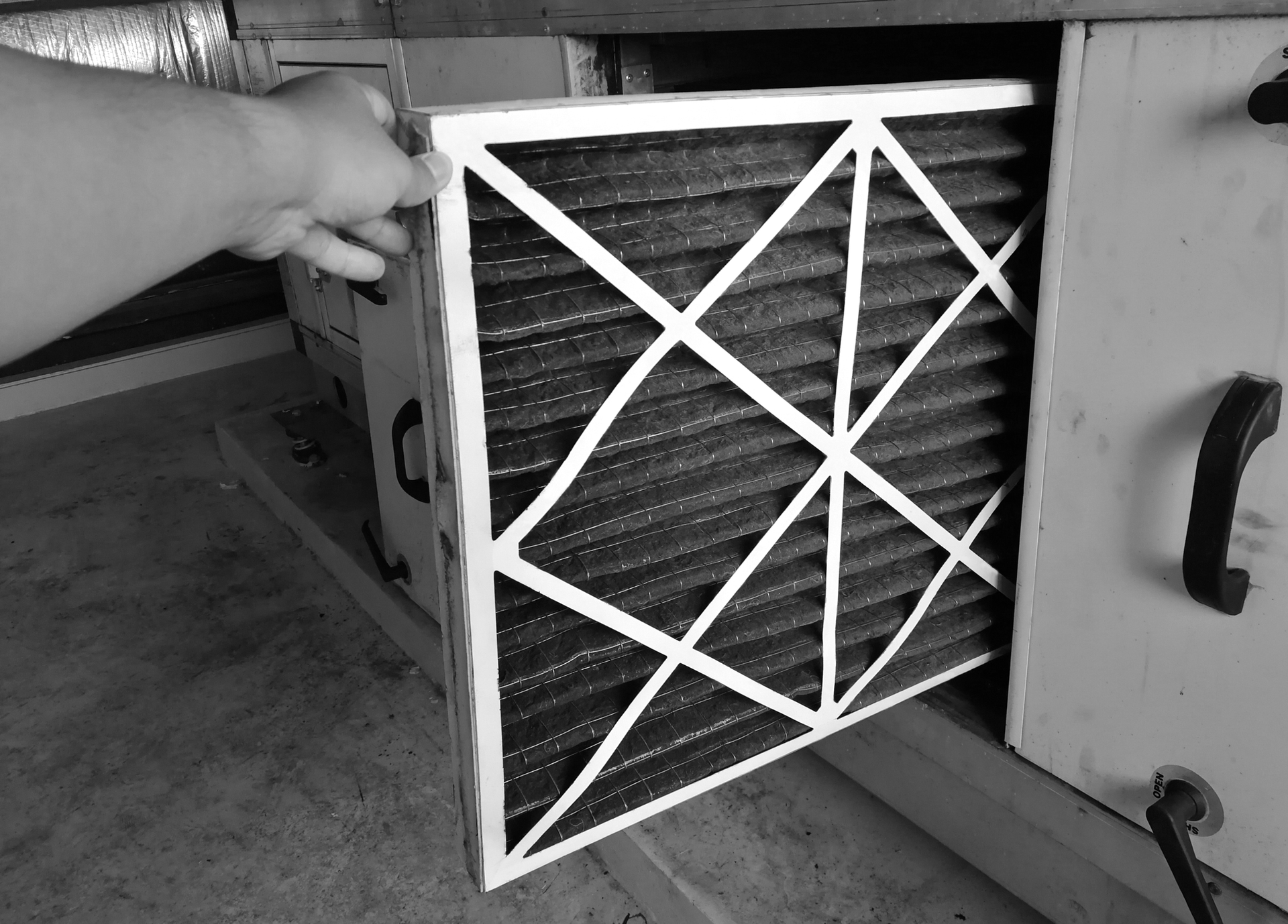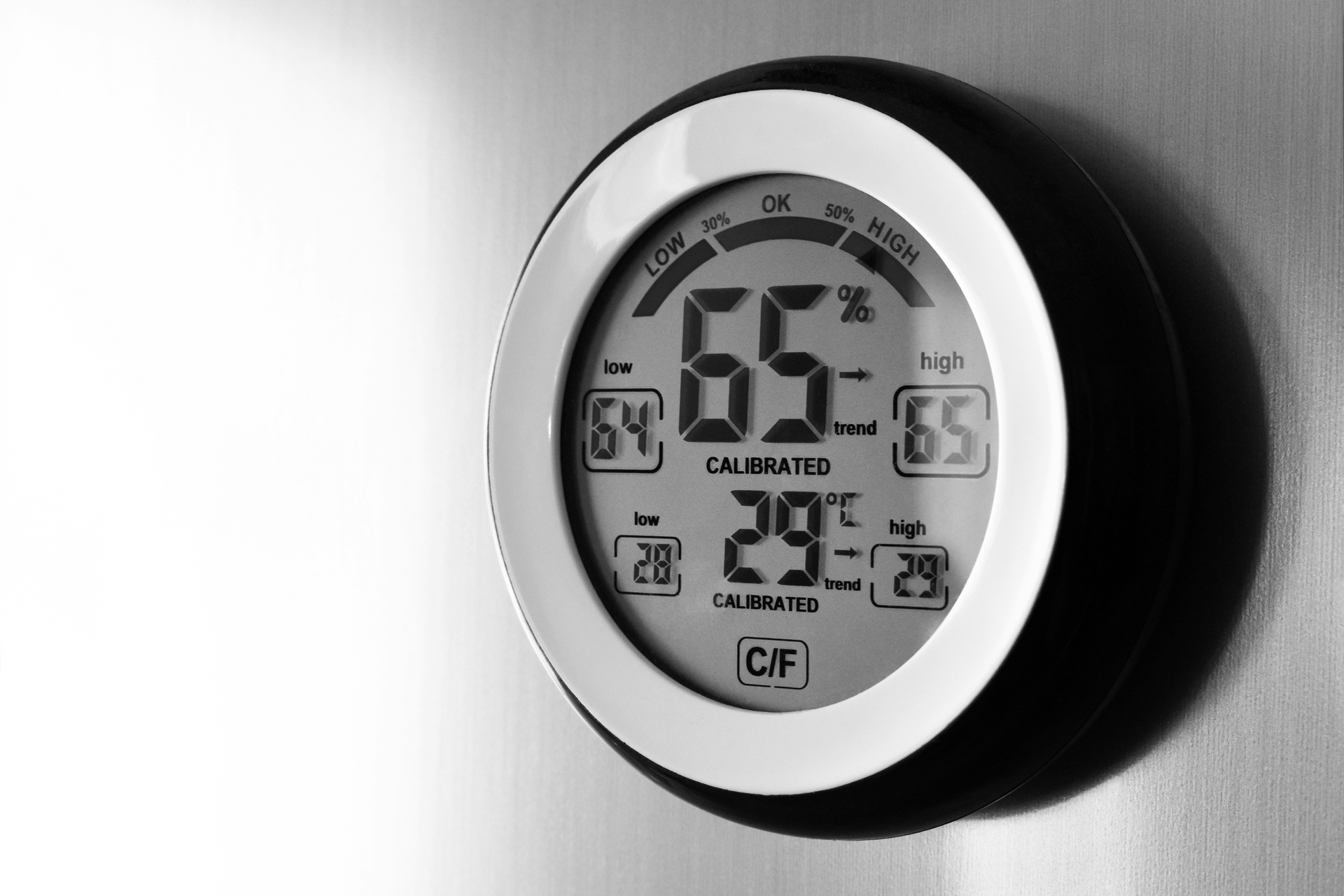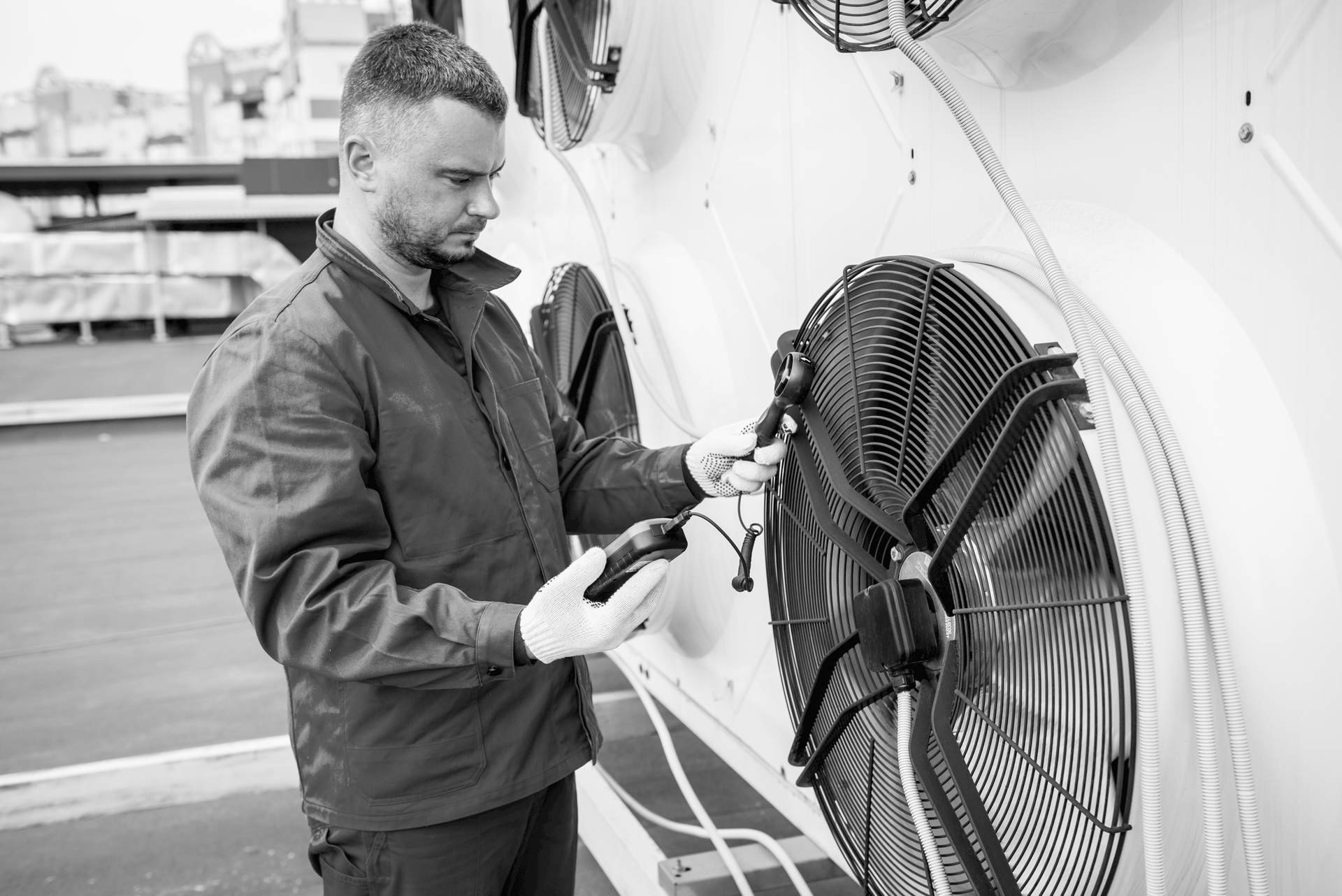HVAC Myths Busted!
Common Misconceptions Every FM Should Know
When you oversee dozens—or even hundreds—of commercial locations, HVAC issues tend to blur together. Hot calls. Mysterious spikes in utility bills. Inconsistent vendor advice. And let’s not forget the “helpful” suggestions from well-meaning employees who think cranking the thermostat down to 50° will cool the space faster.
Unfortunately, misconceptions about commercial HVAC systems aren’t just annoying—they’re expensive. Believing the wrong thing (or letting vendors operate off outdated assumptions) can lead to higher energy bills, shorter equipment life, and uncomfortable customers or employees.
Whether you’re brand new to facilities or have years of experience managing vendors, here are some of the most common HVAC myths and mistakes—and the facts behind them.
MYTH #1: “Bigger Units Are Better”
Why it seems true: When a space isn’t cooling properly, it’s tempting to think the unit just isn’t big enough. Larger tonnage feels like an upgrade.
The truth: Oversizing HVAC equipment is one of the most common and costly mistakes in commercial systems. It leads to short cycling, uneven temperatures, poor humidity control, and increased wear and tear. In fact, studies show oversizing a system by just 50% can increase energy use by about 9%.¹
What to do: Ensure vendors perform proper load calculations (ACCA Manual N or equivalent) before replacing any rooftop unit (RTU). Bigger is not always better—right-sizing is best.
MYTH #2: “Lowering the Thermostat Cools the Space Faster”
Why it seems true: Thermostats feel like gas pedals—push them harder, get quicker results.
The truth: Your HVAC system delivers air at a fixed rate. Setting the temperature lower than necessary doesn’t cool faster—it just forces the unit to run longer than needed, often overshooting comfort and wasting energy.³
What to do: Use locked thermostats or cloud-based controls to prevent excessive setpoint changes. Educate store-level staff that the system cools at the same speed, no matter the target.
MYTH #3: “Preventive Maintenance Isn’t Worth the Cost”
Why it seems true: PMs cost money now. Run-to-failure seems cheaper—until something fails.
The truth: Well-structured maintenance programs can reduce HVAC energy consumption by 5–20% and extend equipment life.⁴ Ignoring PM might save you now, but it guarantees higher repair costs and premature replacements later.
What to do: Work with vendors who follow ANSI/ASHRAE/ACCA Standard 180, which outlines a proper maintenance schedule for commercial HVAC. Track PM completion and tie it to KPIs—not just checkboxes.
MYTH #4: “Filters Only Need Changing Once a Year”
Why it seems true: If the air is still flowing and the filter looks mostly clean, why replace it?
The truth: Dirty filters restrict airflow and can seriously damage equipment. ASHRAE recommends using MERV-13 or higher filtration where possible and replacing filters monthly to quarterly, depending on load and local conditions.⁵,⁶
What to do: Standardize filter change-out schedules across your sites. If vendors aren’t inspecting filters regularly—or can’t tell you the last change-out date—it’s time to reevaluate.
MYTH #5: “We Can Keep Using R-22 Units—Just Top Them Off”
Why it seems true: Some older units still work, and a few techs can still find leftover R-22.
The truth: The EPA banned R-22 production in 2020.⁷ What’s left is expensive, hard to find, and illegal to import. Keeping R-22 systems running now exposes you to high costs, leak risks, and environmental liability.
What to do: Inventory remaining R-22 units and begin budgeting for retrofits or replacements. Don’t wait for a catastrophic leak to force your hand.
MYTH #6: “Economizers Always Save Energy—No Need to Check Them”
Why it seems true: They’re marketed as “free cooling.” Once installed, they’re assumed to work.
The truth: More than 60% of commercial RTUs with economizers suffer from faults like stuck dampers or failed sensors.⁸ These units often run inefficiently—or not at all—without anyone noticing.
What to do: Add economizer function checks to your PM schedule. Better yet, invest in automated fault detection (AFDD) systems that alert you when something breaks.
MYTH #7: “Lighting Is the Bigger Energy Problem”
Why it seems true: Many companies did LED retrofits and saw huge savings, so lighting still feels like the main energy hog.
The truth: HVAC is actually the largest energy consumer in commercial buildings, accounting for about 35% of total usage.⁹ Ignoring HVAC means missing the biggest opportunity for efficiency improvements.
What to do: Incorporate HVAC upgrades into your capital planning. Variable-speed drives, smart controls, and regular tune-ups deliver fast payback.
MYTH #8: “Better Filters Hurt Fan Efficiency”
Why it seems true: Higher MERV filters block more particles—so they must be harder to pull air through, right?
The truth: Yes, high-efficiency filters can increase static pressure. But modern filters are designed with more surface area and better dust-holding capacity. In some cases, upgrading to MERV-13 can extend filter life and lower lifecycle cost, not raise it.⁵
What to do: Have vendors provide the initial and final pressure drop ratings before approving a filter spec. Pair filter upgrades with fan performance checks.
Final Thoughts for Facility Managers
Managing HVAC across a portfolio of commercial properties is no small task—but the biggest threat to efficiency and uptime isn’t the equipment itself. It’s the outdated beliefs that get passed down unchecked. Here’s how to move forward:
Ask for data. Don’t accept “industry standard” without real calculations or sensor readings.
- Prioritize preventive maintenance. It’s not a luxury—it’s your insurance policy.
- Hold vendors accountable. Standard 180 and other benchmarks exist for a reason.
- Think long-term. HVAC systems are one of your largest assets—and liabilities.
By challenging these common myths, you’ll not only protect your bottom line—you’ll create safer, more comfortable spaces for employees, customers, and tenants across every location you manage.
To read even more about common HVAC myths check out this article on FacilitiesNet.com: https://www.facilitiesnet.com/hvac/article/Common-HVAC-Missteps-and-Myths--20578
What HVAC myth would you add to the list? Have you seen one of these misconceptions in action? Let us know in the comments.
Sources
U.S. Department of Energy – Right-Sizing HVAC: https://www.energy.gov/energysaver/proper-sizing-heating-and-cooling-equipment
National Renewable Energy Laboratory (NREL): https://www.nrel.gov/docs/fy09osti/44020.pdf
U.S. DOE: Thermostat Setpoints https://www.energy.gov/energysaver/thermostats
U.S. DOE O&M Best Practices Guide: https://www.energy.gov/sites/prod/files/2013/10/f3/omguide_complete.pdf
ASHRAE Filtration FAQ: https://www.ashrae.org/file%20library/about/position%20documents/pd_filtration-and-disinfection-covid-19.pdf
ANSI/ASHRAE/ACCA Standard 180: https://www.ashrae.org/technical-resources/bookstore/standard-180
U.S. EPA HCFC-22 Phaseout: https://www.epa.gov/ods-phaseout/phaseout-class-ii-ozone-depleting-substances
Lawrence Berkeley National Lab: https://eta-publications.lbl.gov/sites/default/files/lbnl-1007125.pdf
U.S. DOE Building Technologies Overview: https://www.energy.gov/eere/buildings/building-technologies-office










